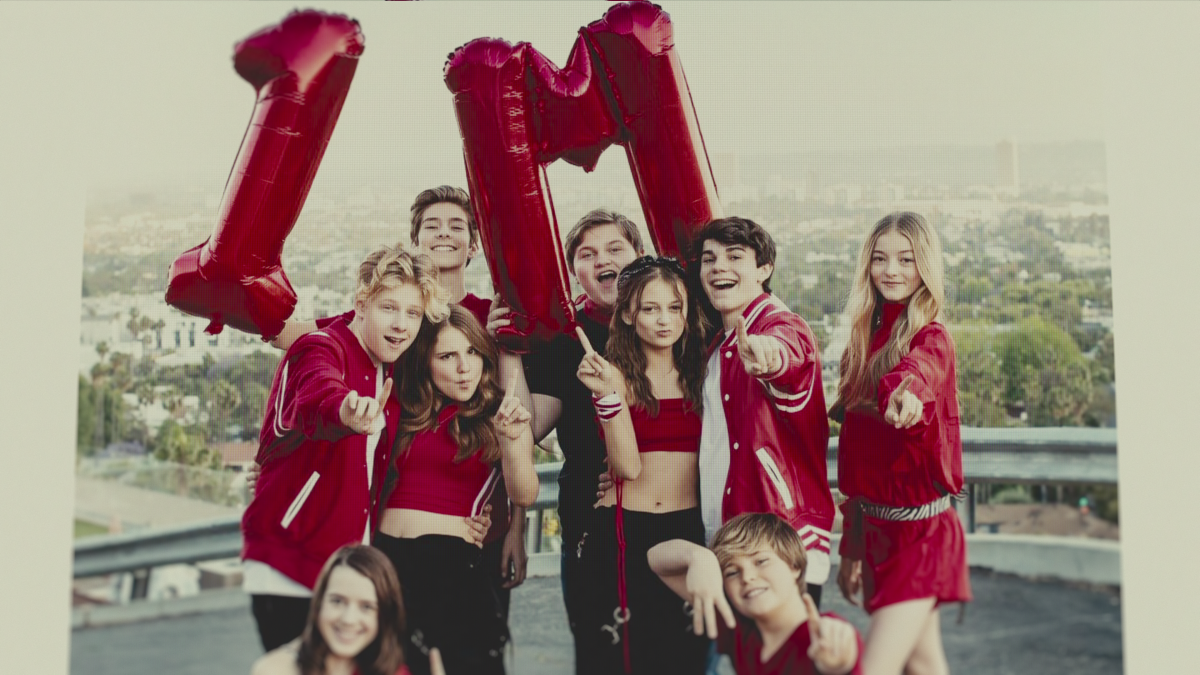
In an industry known for chaos and competitivity, the entertainment business is a major catalyst in transforming the lives of naive, young children who dream only of fame and fortune. Networks such as the Disney Channel and Nickelodeon are constantly casting new television shows looking for the next teen sensation. While the lives of these stars appear glamorous and exciting to children, the reality is that these jobs and the pressure these celebrities face is often unbearable. Though many Disney stars such as Hilary Duff and Raven Symone successfully made the transition from lovable child to responsible adult in the public eye, many Disney grads have felt the need to shed the image that was forced upon them. Most recently, Miley Cyrus, who starred in Disney’s “Hannah Montana,” has received backlash from her drastic transformation which included a new haircut, controversial music videos, and a raunchy performance at the 2013 Video Music Awards.
In August 2012, more than a year ago, Twitter erupted after Miley Cyrus tweeted a picture of her new haircut. Cyrus had traded in her long, brunette locks for a short, blonde pixie cut, a change that enraged many fans. Among the hatred were comparisons made between her and the Harry Potter character Draco Malfoy, as their haircuts are strikingly similar, and many people just generally referring to her as a man. Many viewed Cyrus’ haircut as no more than a phase she was going through, but the hair was just the start of her transformation.
During the months that followed her infamous haircut, Miley Cyrus began using Twitter and Instagram to promote her upcoming album, “Bangerz,” which is set to be released on October 8. In June, Cyrus released the first single and accompanying music video off of her new album titled “We Can’t Stop.” The bizarre music video featuring giant teddy bears, gold grills, and life sized Barbie dolls now boasts almost 200 million views on YouTube. Similarly, on September 9, Cyrus debuted another music video for her single “Wrecking Ball,” which broke the Vevo record for most views of a music video in one day—19.3 million—and as with “We Can’t Stop,” the art direction of this video was just as suggestive. However, nothing sparked more outrage and confusion than her VMA performance.
On the evening of August 25, 2013, at Barclays Center in Brooklyn, New York, the stage was set for an annual nationally televised event—the MTV Video Music Awards. One of the most anticipated performances of the night was Miley Cyrus singing “We Can’t Stop,” but no one could have anticipated the obscenity that would ensue. Scantily clad in little to no clothes, Cyrus danced with giant teddy bears and twerked on singer-songwriter Robin Thicke. The repercussions of the performance were harsh. People around the world were shocked to see how Miley Cyrus has truly transformed since starring on the Disney Channel. Now, almost a month later, reps for Miley Cyrus have announced that she has broken off her engagement with her fiancé of four years, Australian actor, Liam Hemsworth. It has been speculated that the pair had been broken up for weeks, possibly because Hemsworth was supposedly very embarrassed by Cyrus’ VMA showdown.
Despite the fact that Miley Cyrus has been wrecking havoc worldwide for over a year, her transformation has proven to be an unbelievable lucrative marketing strategy. In addition to the millions of people who have helped “We Can’t Stop” and “Wrecking Ball” go viral, both singles have reached the pinnacle of success—platinum status and and #1 on the iTunes charts. Though Cyrus’ performance at the VMA’s was almost unbearable to watch, the act generated more tweets than the blackout of the 2013 Super Bowl—a whopping 300,000 per minute. Miley Cyrus has redefined the terms celebrity and viral sensation in the past year alone.
While many may disagree or be disgusted with the “new” Miley Cyrus in how she looks, acts, and portrays herself in the public eye, it is easy for many to forget the bizarre childhood she has had as a celebrity. Working for networks like the Disney Channel, child actors are sworn into contracts and lifestyles that force them to sell a particular image—one that does not necessarily reflect their real personality. Essentially, it may not be fair to judge Miley Cyrus’ recent behaviors as celebrities like her, Amanda Bynes, and even the late Michael Jackson were forced to give their childhoods away for a difficult career in a brutal industry. People like Miley Cyrus have shown the world, in a very morbid way, the effects of growing up in the spotlight and how such demanding careers will force a child to grow up—with everyone watching.








